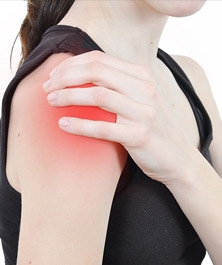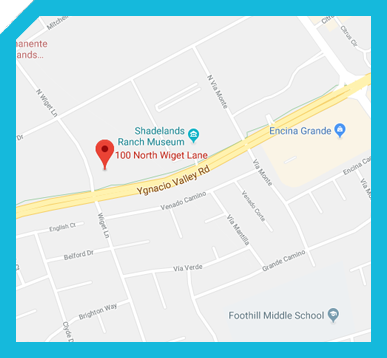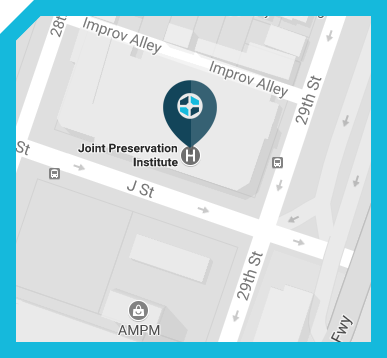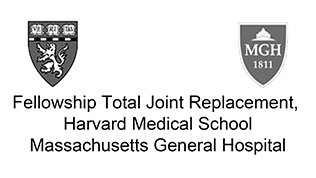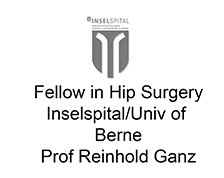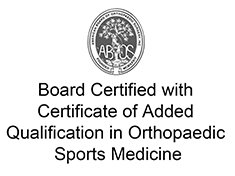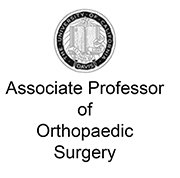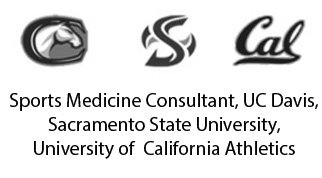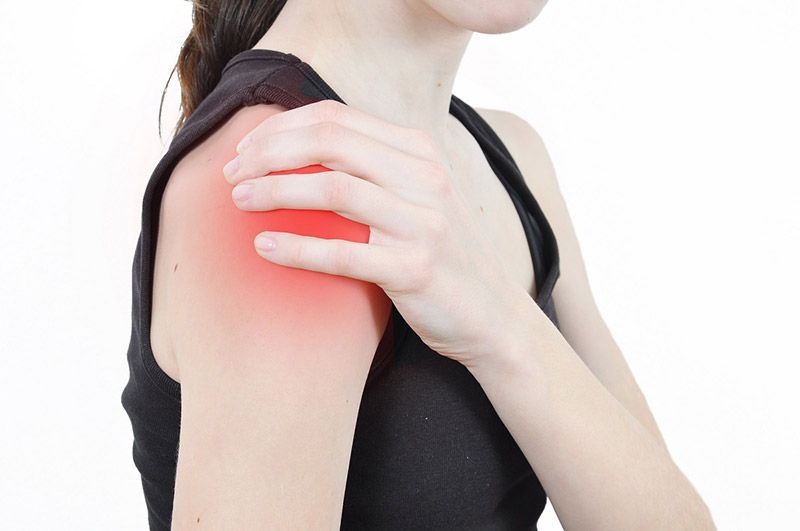
Your shoulder is one of the most active joints in your body. It provides flexibility in more directions than any other joint. That is one reason there are so many ways it can be damaged, and so many different terms to describe injury to this essential joint.
SLAP is an acronym that explains where and how one type of tear can happen: Superior Labrum Anterior and Posterior.
How It Happens
The shoulder is a unique joint, due to its flexibility. The joints of our body allow for smooth movement and the ability to place the extremities in a limitless number of positions. For the shoulder this is even more important than other joints. In order to have a lot of flexibility, our body has evolved to have a unique structure for the shoulder. Just like the hip, the shoulder is a ball and socket joint. The difference is that it has a tiny socket (a little bigger than the size of a quarter).
This tiny joint can hold a lot of load. One of the structures that gives the shoulder its stability is the labrum. The labrum is a rubbery tissue that surrounds the shoulder socket and acts like a suction cup, holding the ball in place throughout our activities. As you might imagine, this rubbery tissue can be exposed to a lot of stress with sports or trauma, or even daily living. As a result, the labrum can tear off the socket. This can be very painful, since the nerve endings attached to it also start to stretch and cause pain that you can perceive.
When the tear happens in the top of the shoulder it is called a SLAP tear. SLAP tears are particularly painful since the tendon of our biceps (the Popeye muscle) pulls on it hundreds of times a day. Imagine having a painful tooth and continuing to wiggle it all day!
There are a number of ways that a SLAP tear can happen. One of the most common is a fall with the arm fully extended. Also, people who participate in sports that involve repetitive overhead motions, such as football, baseball, and tennis, frequently develop SLAP tears. One common finding that indicates a SLAP is when someone feels pain when extending their arm upward. In addition to pain, people with SLAP tears may experience a feeling of popping or clicking in the shoulder.
Some patients with SLAP tears report no symptoms and do not require surgical intervention. Some mild tears can be treated non-surgically, with rest, exercise, ice packs and over-the-counter pain medication.
Arthroscopic Treatment
If the tear does not respond at this point, the good news is that repair of most SLAP tears can be done with a minimally-invasive arthroscopic procedure on an outpatient basis. The goal is to repair or trim the labrum or remove the damaged portion.
A tiny camera used in arthroscopic surgery is inserted at the end of a flexible tube via a small incision. This allows us to accurately appraise the extent of the damage in real-time and confirm which type of repair is appropriate. With severe tears, sutures may be used to reattach the torn portion of the labrum.
Healing at Home
Following surgery, we send our patients home with a sling or brace that they are to wear for between two and six weeks, depending on the exact procedure that is performed. After this, they can start physical therapy to exercise the joint, build strength and restore the joint’s range of motion, which at first will seem restricted. Physical therapy usually begins within two weeks of the procedure.
In many cases the full recovery requires approximately six months, but you should be able to resume most household activities within three months. The success rate for this procedure is over 90%. Many patients feel better within a few days.
For more information on causes and treatment of SLAP tears, please request an appointment with our office. Call or email Joint Preservation Institute today to schedule your visit with Dr. Amir Jamali at our Sacramento or Walnut Creek office.




 Treating SLAP Tears
Treating SLAP Tears 